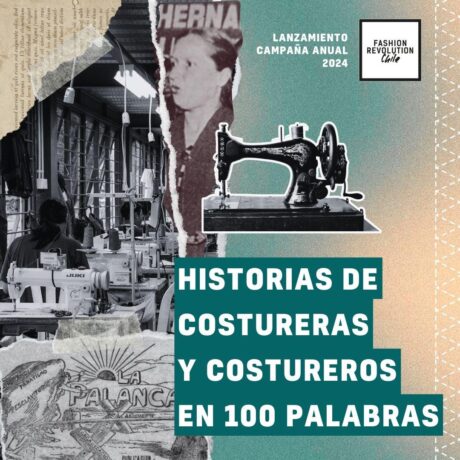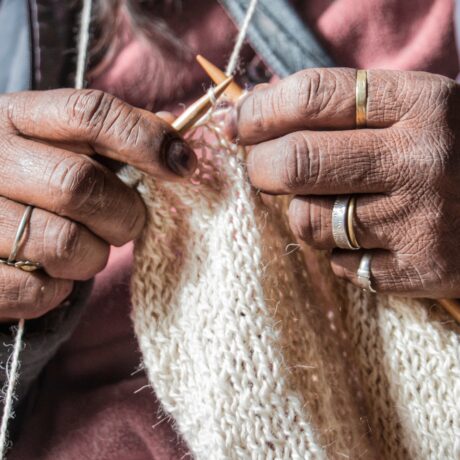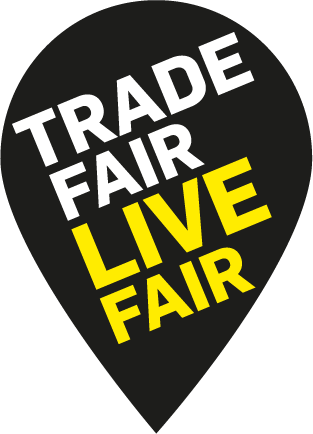Guatemala’s Natural Dye Ambassador: Olga Reiche
To separate her passion for natural dyeing from hand weaving, or designing from teaching, isn’t possible for Olga Reiche. All she touches is intricately woven together within her home country of Guatemala and shared far beyond. This spirited woman with a quick smile has been working with indigenous artisans on product development and marketing for over thirty years, producing her own line of naturally-dyed and recycled products, and teaching locally and internationally. Her concern for environmental and artisanal sustainability is a driving force.
Artisan to Artisan
After the devastating earthquake in 1976, Olga worked with Oxfam, an international confederation of countries working together in partnership to alleviate poverty. Olga traveled throughout the country, interviewing artisans and making recommendations for their sustainability. A decade later, she began working with women weavers in the remote Ixil Triangle, the women widowed during the violent 1980-1996 civil war. She opened a shop in Antigua (now closed), to sell their woven goods and helped the weavers with product development, but also discovered local and international markets to sell their wares.
One of the primary groups Olga now works closely with is the weaving cooperative of Ixbalem Ke, based in Samac de Cobán in Alta Verapaz, a remote area in the cloud forest. The women weave a type of intricate brocaded gauze weave, in both white on white pattern as well as natural brown cotton, and naturally dyed threads too. This Mayan weaving style was rapidly disappearing and, with Olga’s assistance, the women weavers are dedicated to preserving this traditional textile.
Learning, Teaching and Sharing
In the late 1980s, Olga met Ana Roquero who had been studying the natural dyes of Latin America and their preservation. It didn’t take long before Olga too was focused on this and over the years she researched and collected data from all over Guatemala culminating in her recent book, Dyeing Plants of Guatemala, (Spanish only), a solid resource on the use of dyes and pigments.
Olga worked with cooperatives in the Lake Atitlán area, mentoring the weavers, developing new designs and products, teaching them how to manage a business, and how to competitively market products in the international arena. In 1995, she started to teach natural dyeing techniques to artisans in this area. She returns here often, especially in the village of San Juan La Laguna where they grow and dye with local plants.
In 2008, she co-founded Artes Textiles y Populares in Antigua, an educational center which hosted programs in the textile arts for national and international groups. After the center closed, Olga ended up with some of the equipment, especially looms, so she set up a home studio. She started backstrap weaving classes complete with a manual so when you’re back home with these warped sticks and threads, you can have the continued guidance of Olga.
She also teaches natural dyeing on a small scale in her studio, growing indigo plants outside her door and working with many regionally sustainable plants. She has recently made pigments for painting by drying the plants and converting them into powder. She calls them The Natural Palette and offers classes on this as well. The next time you’re in Antigua, sign up for a class or bring your group to her studio–she’ll be more than pleased to host you.
The Upside to Recycling
Olga’s work in the field of recycling is inspiring. When Olga first started thinking about recycling, she asked herself two things: What would have a positive impact on the environment, and what would provide work for the weavers? Recycling of things that were already plentiful, too plentiful, met one of her goals. Her design aesthetic is beyond the ordinary—she’s really upcycling. Using discarded corn husks, plastic bags, cassette tapes, and jeans, she designed products that have traction in the market plus they added another line to her own organic cotton and naturally-dyed handwovens, sold under the label Indigo. Who else can mimic ikat weaving using plastic bags? And when an experienced weaver grabbed one of her jeans rag rugs at a recent ClothRoads event and bought it without hesitation, it was a thumbs-up for quality and design.
The net result has provided income to women who are the sole support of the family, allowing them to stay in their village and work. Plus the products provide work to seamstresses and leather workers. It’s a good thing.
Find out more about Fashion Revolution Guatemala
About ClothRoads
Travel with ClothRoads to a world of authentic textile culture. From the rivers of India to the mountaintops of Peru, we go directly to the source to bring you textile stories and the work of skilled indigenous artisans who are dyeing, weaving, spinning, printing and embroidering some of world’s most beautiful objects. When you purchase from ClothRoads, you help us to build and develop new markets that allow artisans and communities, and especially women and girls, to flourish. Learn more about the artisans, and ancient textile techniques on the ClothRoads Blog. https://www.clothroads.com
About Marilyn Murphy
Marilyn Murphy has combined a passion for and knowledge of the textile arts for her entire career. She is the former president of Interweave, a media publishing company focused on the arts and crafts sector where she worked for 16 years. Prior to this, in 1986, she founded the Textile Arts Centre in Chicago, and was the owner of the Weaving Workshop there. She writes a bi-monthly blog for ClothRoads, curates the ClothRoads collection, lectures about artisan sustainability, and volunteers as co-chair for the non-profit Andean Textile Arts.

















